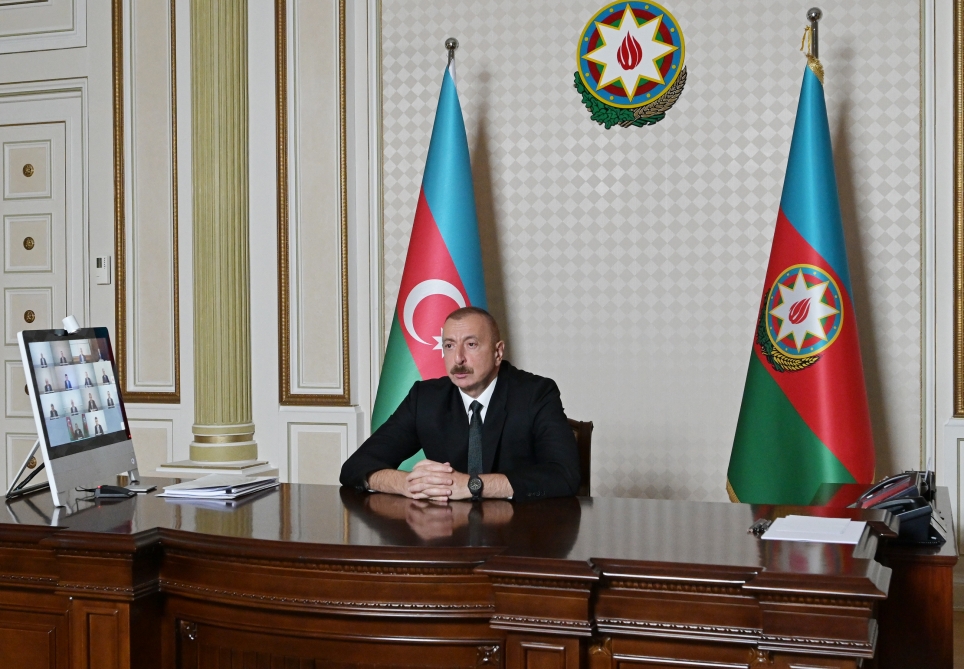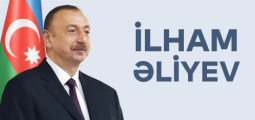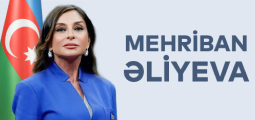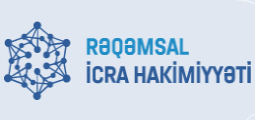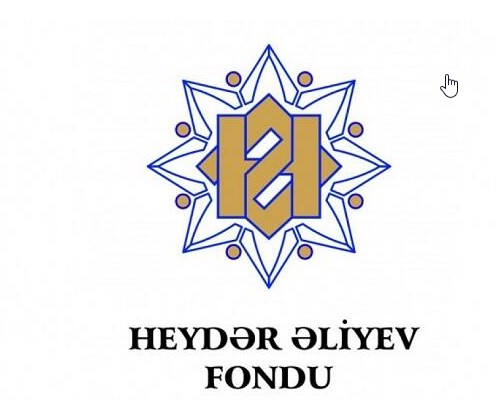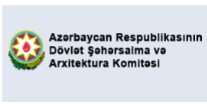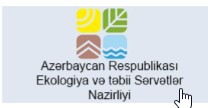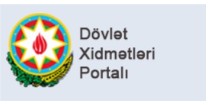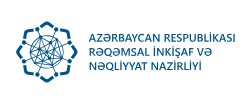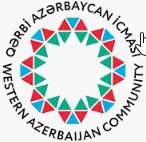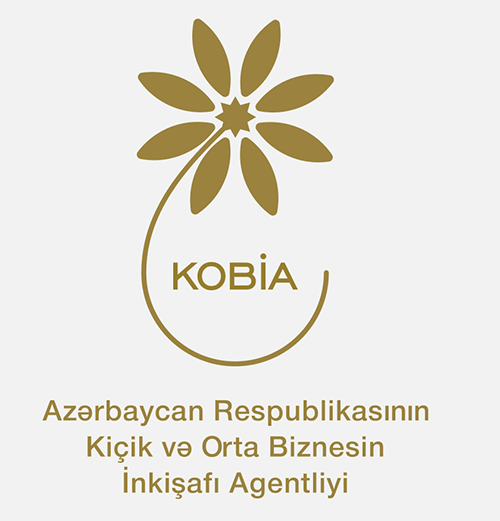The state of water management in our country was discussed at the meeting held under the President of the Republic of Azerbaijan.
Today, very large projects, including infrastructure projects are implemented in order to maintain stability and peace in the country, as well as to develop the economy in the Republic of Azerbaijan. An example of this is the energy sector in the first place. Investments put in the energy sector, modernization in this field allowed us not only to provide ourselves with electricity for a long time, but also to create export opportunities as a result of our additional generation capacity. Currently, more than 30 electric power plants in the country provide energy security. Gasification is another field. Gasification has already reached 96 percent in our country. This is one of the highest indicators in the world. The transport infrastructure has also been significantly modernized. According to the report of the Davos World Economic Forum, Azerbaijan ranks 11th in the world in terms of air transport efficiency, 12th in terms of railway efficiency and 27th in terms of road quality. In general, Azerbaijan ranks 34th in the world in terms of transport infrastructure. Of course, drinking water and land reclamation projects play an important role in these infrastructure projects. In 2004, the supply of drinking water in Azerbaijan was at the level of 40 percent. Today, this figure has reached 70 percent. At that time, the number of people regularly receiving drinking water in Baku was 29 percent, but today this figure has reached about 82 percent. In the regions, the coverage of the population with drinking water was only 9 percent, and today this figure is 63 percent. On 23.07.2020, the President of the Republic of Azerbaijan, Mr. Ilham Aliyev, said in a video conference on the state of water management: “The supply of drinking water and irrigation water in Azerbaijan must be 100 percent. In recent years, the state of giant water projects in Azerbaijan has changed for the better, among which the Oghuz-Gabala-Baku water pipeline should be especially noted. The construction of the Takhtakorpu reservoir with a capacity of 270 million cubic meters, the reconstruction of the Jeyranbatan and Shamkirchay reservoirs are clear examples of this. In addition, Goytapa and Tovuzchay reservoirs were built. The volume of large reservoirs created over the past 15 years is 470 million cubic meters. Laying of new water canals will be continued further. Reconstruction of 22 canals is planned, which will supply water to about 300 thousand hectares of a sown area”. The President also noted that Water means life. First of all, human health depends to a large extent on clean drinking water. However, there are water losses and the source of water is not analysed properly. Cost control is very low. The lack of water damages our economy, agricultural development and farmers’ incomes. Productivity was to be higher in grain and cotton growing. Last year’s drought showed that the relevant agencies could not correctly determine what to do in a crisis situation. To solve the problem, water must be saved and foreign experts must be involved. All these illegal connections must be eliminated soon. Local and central executive bodies and, if necessary, law enforcement agencies must be involved in these works. Complex measures must be taken to drastically reduce losses. The main source of losses is land canals. There are losses in other stages as well. In some cases, these losses are artificially inflated. Every year, large funds are invested in drinking water and land reclamation projects. Now there are modern technologies. It is also necessary to use new technologies to extend the service life of pipes. In the end, Mr. President gave instructions to the relevant agencies. “A unified management mechanism must be developed to continue these works efficiently. Today, there are four bodies operating in the water management – “Azersu”, “Melioration and Water Management” Joint Stock Company, the Ministry of Emergency Situations and the Ministry of Ecology and Natural Resources. Therefore, these bodies should be managed by the general public, scientists, ecologists, the Presidential Administration, the Cabinet of Ministers, so that all these issues and the problems in water security in the near future are addressed in a planned manner”

